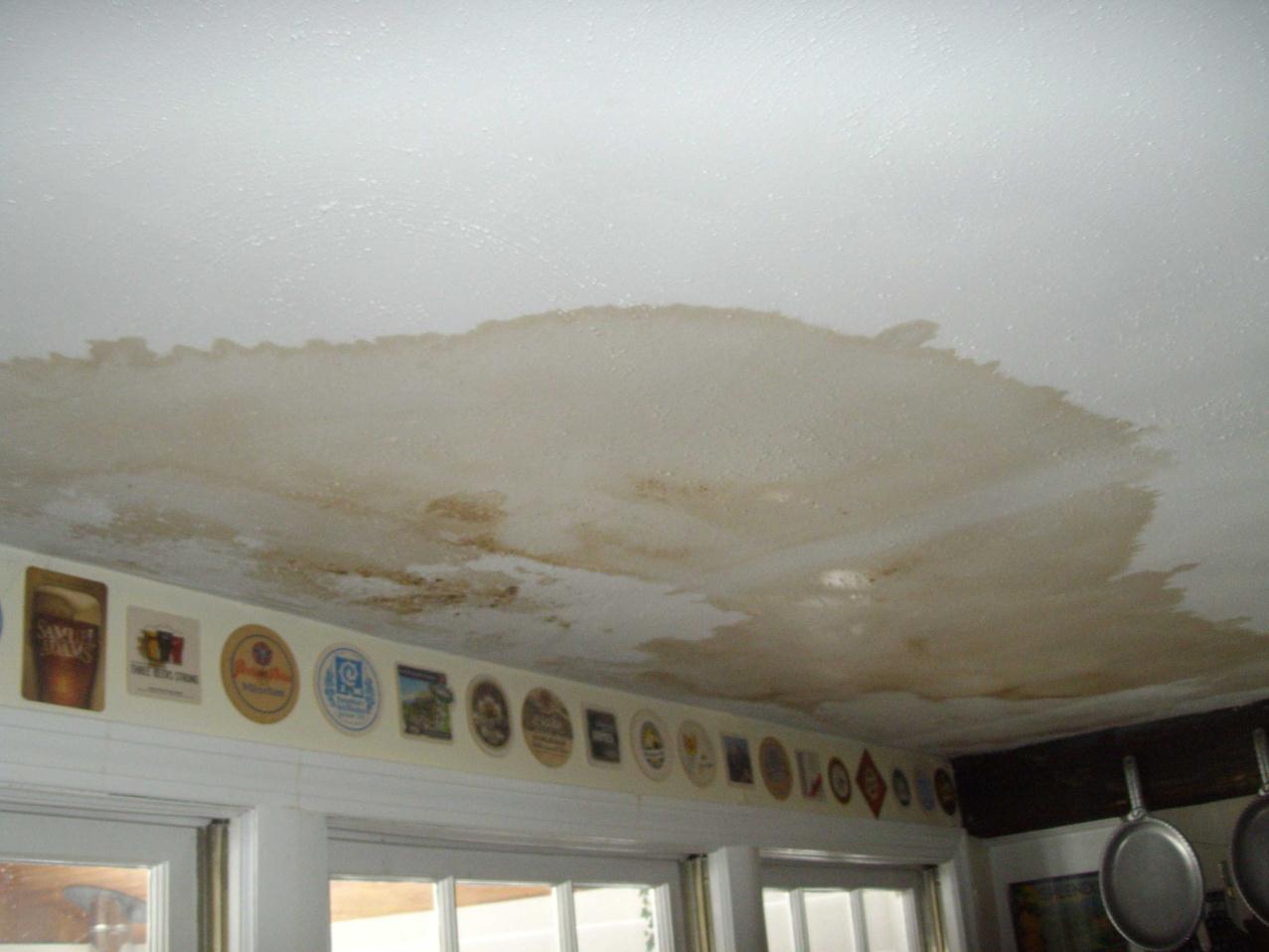Do's & Don'ts of Water Damages.
Do's & Don'ts of Water Damages.
Blog Article
We've discovered the article involving 5 Home Safety Tips To Reduce The Risk Of Fire And Water Damage down the page on the web and decided it made perfect sense to write about it with you over here.

Water provides life, however water breach on some components where it's not supposed to be can result in damage and inconvenience. In addition, residences with water damage smell musty and old.
Water can come from lots of resources like typhoons, floods, burst pipes, leakages, and also sewage system issues. It's better to have a working knowledge of safety preventative measures if you have water damages. Here are a couple of guidelines on just how to deal with water damages.
Do Prioritize Residence Insurance Coverage
Seasonal water damage can come from floods, seasonal rains, and wind. There is also an event of an unexpected flood, whether it came from a defective pipe that unexpectedly bursts right into your home. To secure your residence, get house insurance policy that covers both acts of God such as natural disasters, and also emergency situations like busted plumbing.
Do Not Forget to Turn Off Utilities
When disaster strikes and you're in a flood-prone area, turn off the major electric circuit. Switching off the power avoids
electrical shocks when water comes in as water serves as a conductor. Don't forget to switch off the major water line valve as a way to stop more damage.
Keep your furnishings steady as they can relocate about and create additional damages if the floodwaters are getting high.
Do Stay Proactive and Heed Climate Alerts
If you live in a location pestered by floods, remain ready as well as proactive at all times. Pay attention to the news and also emptying cautions if you live near a body of water like a creek, lake, or river .
Don't Disregard the Roofing System
Your roofing contractor needs to take care of the defective rain gutters or any kind of various other indicators of damage or weakening. An assessment will certainly stop water from moving down your wall surfaces and soaking your ceiling.
Do Focus On Small Leaks
There are red flags that can attract your focus as well as show to you some weakened pipes in your residence. Indications of red flags in your pipes include bubbling paint, peeling off wallpaper, water touches, water stains, or dripping audios behind the walls. Repair service and inspect your plumbing fixed prior to it results in massive damage to your home, financial resources, and a personal nightmare.
Do Not Panic in Case of a Ruptured Pipe
Maintaining your clearheadedness is essential in a time of dilemma. Because it will certainly stifle you from acting fast, stressing will only intensify the trouble. Panic will also give you additional stress and anxiety. When it comes to water damages, timing is essential. The longer you wait, the even more damage you can expect and also the worst the results can be. If a pipeline bursts in your house, promptly turned off your major water shutoff to cut off the source as well as protect against more damage. Unplug all electrical outlets in the area or turn off the breaker for that part of the house. Call a credible water damages remediation specialist for aid.
Water offers life, but water breach on some parts where it's not intended to be can result in damage and also hassle. In addition, homes with water damage smell old and also musty.
Seasonal water damages can come from floodings, seasonal rainfalls, and also wind. Indications of red flags in your pipes consist of bubbling paint, peeling wallpaper, water streaks, water spots, or leaking noises behind the walls. If a pipeline ruptureds in your home, quickly shut off your main water valve to cut off the resource and also avoid more damage.
Some Do's & Don't When Dealing with a Water Damage
DO:
Make sure the water source has been eliminated. Contact a plumber if needed. Turn off circuit breakers supplying electricity to wet areas and unplug any electronics that are on wet carpet or surfaces Remove small furniture items Remove as much excess water as possible by mopping or blotting; Use WHITE towels to blot wet carpeting Wipe water from wooden furniture after removing anything on it Remove and prop up wet upholstery cushions for even drying (check for any bleeding) Pin up curtains or furniture skirts if needed Place aluminum foil, saucers or wood blocks between furniture legs and wet carpet Turn on air conditioning for maximum drying in winter and open windows in the summer Open any drawers and cabinets affected for complete drying but do not force them open Remove any valuable art objects or paintings to a safe, dry place Open any suitcases or luggage that may have been affected to dry, preferably in sunlight Hang any fur or leather goods to dry at room temperature Punch small holes in sagging ceilings to relieve trapped water (don't forget to place pans beneath!); however, if the ceiling is sagging extremely low, stay out of the room and we'll take care of it DO NOT:
Leave wet fabrics in place; dry them as soon as possible Leave books, magazines or any other colored items on wet carpets or floor Use your household vacuum to remove water Use TV's or other electronics/appliances while standing on wet carpets or floors; especially not on wet concrete floors Turn on ceiling fixtures if the ceiling is wet Turn your heat up, unless instructed otherwise

Do you enjoy reading up on Keeping Your Home Safe This Holiday Season? Put feedback directly below. We would be glad to see your thinking about this article. We hope that you come back again later on. Sharing is nice. Who knows, you may be helping someone out. Thank you for going through it.
Report this page